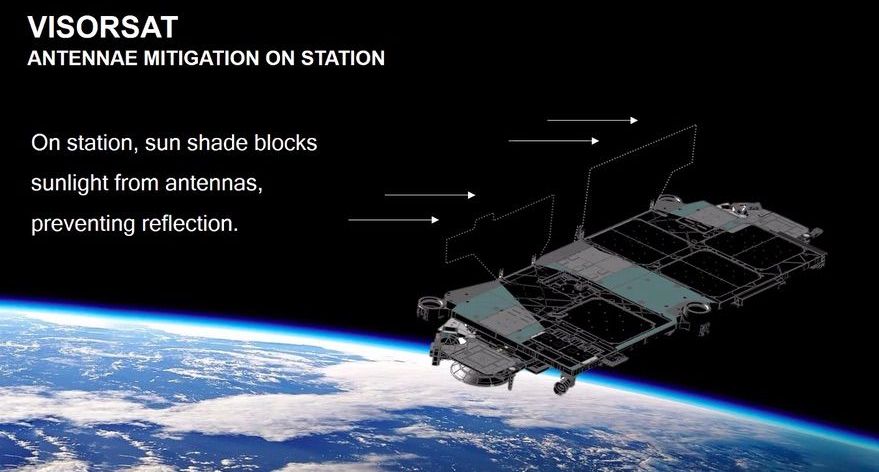Saudi Arabia hopes to build ties to Hollywood by investing in Beverly Hills-based Live Nation, which the coronavirus has brought to its knees.




In November of 2019—likely, even earlier—a tiny entity measuring just a few hundred billionths of a meter in diameter began to tear apart human society on a global scale. Within a few months, the relentless voyager known as SARS-CoV-2 had made its way to every populated corner of the earth, leaving scientists and health authorities with too many questions and few answers.
Today, researchers are scrambling to understand where and how the novel coronavirus arose, what features account for the puzzling constellation of symptoms it can cause and how the wildfire of transmission may be brought under control. An important part of this quest will involve efforts to properly classify this emergent human pathogen and to understand how it relates to other viruses we may know more about.
In a consensus statement, Arvind Varsani, a molecular virologist with ASU’s Biodesign Center for Fundamental and Applied Microbiomics and a host of international collaborators propose a new classification system, capable of situating coronaviruses like SARS-CoV-2 within the enormous web of viruses across the planet, known as the virosphere.

For most of the 20th century, astronomers have scoured the skies for supernovae—the explosive deaths of massive stars—and their remnants in search of clues about the progenitor, the mechanisms that caused it to explode, and the heavy elements created in the process. In fact, these events create most of the cosmic elements that go on to form new stars, galaxies, and life.
Because no one can actually see a supernova up close, researchers rely on supercomputer simulations to give them insights into the physics that ignites and drives the event. Now for the first time ever, an international team of astrophysicists simulated the three-dimensional (3D) physics of superluminous supernovae—which are about a hundred times more luminous than typical supernovae. They achieved this milestone using Lawrence Berkeley National Laboratory’s (Berkeley Lab’s) CASTRO code and supercomputers at the National Energy Research Scientific Computing Center (NERSC). A paper describing their work was published in Astrophysical Journal.
Astronomers have found that these superluminous events occur when a magnetar—the rapidly spinning corpse of a massive star whose magnetic field is trillions of times stronger than Earth’s—is in the center of a young supernova. Radiation released by the magnetar is what amplifies the supernova’s luminosity. But to understand how this happens, researchers need multidimensional simulations.


Scientists believe the world will see it’s first working thermonuclear fusion reactor by the year 2025. That’s a tall order in short form, especially when you consider that fusion has been “almost here” for nearly a century.
Fusion reactors – not to be confused with common fission reactors – are the holiest of Grails when it comes to physics achievements. According to most experts, a successful fusion reactor would function as a near-unlimited source of energy.
In other words, if there’s a working demonstration of an actual fusion reactor by 2025, we could see an end to the global energy crisis within a few decades.

Central to a lot of scientific research into aging are tiny caps on the ends of our chromosomes called telomeres. These protective sequences of DNA grow a little shorter each time a cell divides, but by intervening in this process, researchers hope to one day regulate the process of aging and the ill health effects it can bring. A Harvard team is now offering an exciting pathway forward, discovering a set of small molecules capable of restoring telomere length in mice.
Telomeres can be thought of like the plastic tips on the end of our shoelaces, preventing the fraying of the DNA code of the genome and playing an important part in a healthy aging process. But each time a cell divides, they grow a little shorter. This sequence repeats over and over until the cell can no longer divide and dies.
This process is linked to aging and disease, including a rare genetic disease called dyskeratosis congenita (DC). This is caused by the premature aging of cells and is where the team focused its attention, hoping to offer alternatives to the current treatment that involves high-risk bone marrow transplants and which offers limited benefits.


WASHINGTON — SpaceX Chief Executive Elon Musk said April 27 that he hopes to test a new way to reduce the brightness of the company’s Starlink satellites on the next launch for the broadband megaconstellation.
In a briefing to a committee working on the next astrophysics decadal survey, Musk said the experimental “VisorSat,” along with a new approach for orienting Starlink satellites as they raise their orbits, should address concerns raised by astronomers that the Starlink constellation could interfere with their observations.
“Our objectives, generally, are to make the satellites invisible to the naked eye within a week, and to minimize the impact on astronomy, especially so that we do not saturate observatory detectors and inhibit discoveries,” Musk said.
Can we study AI the same way we study lab rats? Researchers at DeepMind and Harvard University seem to think so. They built an AI-powered virtual rat that can carry out multiple complex tasks. Then, they used neuroscience techniques to understand how its artificial “brain” controls its movements.
Today’s most advanced AI is powered by artificial neural networks —machine learning algorithms made up of layers of interconnected components called “neurons” that are loosely inspired by the structure of the brain. While they operate in very different ways, a growing number of researchers believe drawing parallels between the two could both improve our understanding of neuroscience and make smarter AI.
Now the authors of a new paper due to be presented this week at the International Conference on Learning Representations have created a biologically accurate 3D model of a rat that can be controlled by a neural network in a simulated environment. They also showed that they could use neuroscience techniques for analyzing biological brain activity to understand how the neural net controlled the rat’s movements.